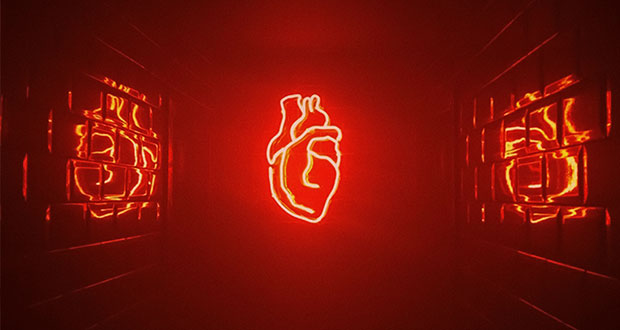
AI Shows Promise as a Physician Assistant
April 9, 2020
Human error is inevitable in medicine. Case in point: A study revealed that more than 20% of patients with serious conditions are initially misdiagnosed by their primary-care doctors. This can result in weeks, or years, of misguided treatment and disease advancement. It’s a mistake that can prove not just costly but occasionally fatal.
Last year, 1 in every 20 Americans walked into a medical clinic and receive the wrong diagnosis.
That’s more than 10 million people, and for half of them, the misdiagnosis could be harmful, a 2014 study in the British Medical Journal concluded. Doctors try to be systematic when identifying illness and disease, but they’re only human. Alternatives are overlooked.
With a paper published by Nature Medicine, a group of researchers from universities in the US and China tested a potential remedy: Artificial intelligence. The researchers built a system that automatically diagnoses common childhood conditions — from influenza to meningitis — after reading a patient’s symptoms, medical history, lab results, and other clinical data. The system was highly accurate, and one day could assist doctors in diagnosing patients with complex or rare conditions, the researchers said.
The system relies on a neural network, a breed of artificial intelligence that can learn tasks by analyzing vast amounts of data. In this case, it analyzed electronic health records from more than 1.3 million patient visits to a pediatric hospital in China, learning to associate common medical conditions with specific patient information gathered by doctors, nurses and other technicians.
The same “deep learning” technology underpins everything from Google Translate (a smartphone app that translates between languages) to Amazon Alexa (a coffee-table gadget that recognizes voice commands from across the living room).
After reshaping internet services, consumer devices, and driverless cars in the early part of the decade, the technique is now moving into health care.
Many organizations are developing and testing systems that analyze electronic health records, in an effort to flag potential medical conditions such as osteoporosis, diabetes, hypertension and heart failure.
Similar technologies are being built to automatically detect signs of illness and disease in X-rays, MRIs, and eye scans.
Able to recognize patterns in data that humans could never identify on their own, neural networks can be enormously powerful in the right situation. But even experts have difficulty understanding why such networks make particular decisions.
As a result, extensive testing is needed to reassure both doctors and patients that these systems are reliable.
“Yes, these AI tools will make a big difference with a positive impact,” “But it is going to take a while.
“Medicine is a slow-moving field,” said Dr. Ben Shickel, a researcher at the University of Florida who specializes in the use of deep learning for health care. “No one is just going to deploy one of these techniques without rigorous testing that shows exactly what is going on.”
It could be years before deep-learning systems are deployed in emergency rooms and clinics. But some are closer to real-world use.
“The whole value of human care is a special sort of relationship that a machine can’t replace,”
“Yes, they will try to respond in a human way, but not overly human. They will communicate in a way that’s reassuring to patients. When you feel sick, you want to be reassured.”
As Alexa and other nascent AI tools reshape the landscape of patient care, in the end, it may be healthcare professionals, even more than patients, who derive the most benefits from the technology. Rather than replacing doctors and nurses, all signs point to AI tools empowering them to treat patients more accurately, more efficiently and, yes, more humanely.
